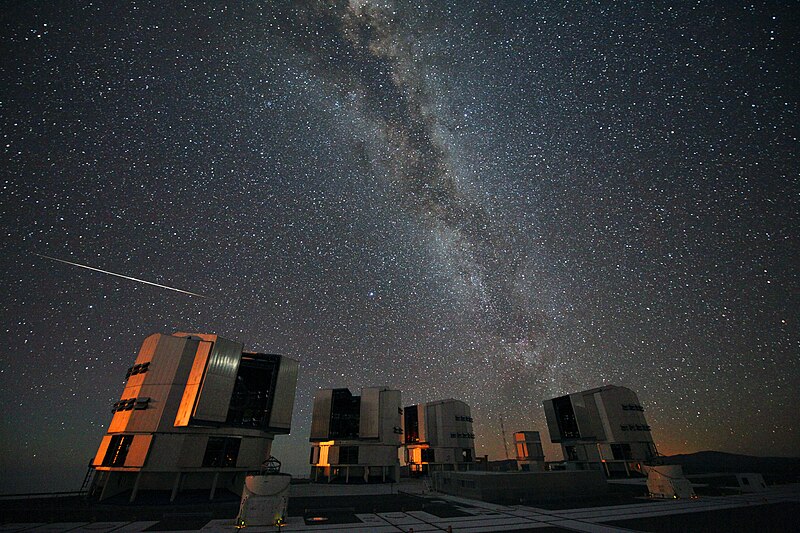
It is now almost October 2015. We thought that the haze
might soon go away, but as of today (25th September 2015), we can
see that it is still there, and we do not know exactly when it will go away. It
has been a talking point for quite some time now, and there seems to be no true
solution…so probably we just have to live with it and take the necessary
precaution and measures to reduce the health risk and danger. Are we prepared? Do
we really know what haze is?
What is haze?
From Wikipedia…Haze is traditionally an atmospheric
phenomenon where dust, smoke and other dry particles obscure the clarity of the
sky. Sources for haze particles include farming (ploughing in dry weather),
traffic, industry, and wildfires.
You may have heard the words haze, mist, fog, smog, and vog.
What is the difference?
Look at the pictures below. Can you identify which is haze, mist, fog, smog
and vog?See end of post for the answers...
Below are some definitions from Wikipedia to help you…
Fog is a complex atmospheric phenomenon. It is a visible
mass consisting of cloud water droplets or ice crystals suspended in the air at
or near the Earth's surface. Fog can be considered a type of low-lying cloud,
and is heavily influenced by nearby bodies of water, topography, wind
conditions, and even human activities. Fog has affected many human
activities, such as shipping and transport, warfare, and culture.
Mist is a phenomenon caused by small droplets of water
suspended in air. It can occur as part of natural weather, when humid air cools
rapidly, for example when the air comes into contact with surfaces that are
much cooler than the air.
Smog is a type of air pollutant. The word "smog"
was coined in the early 20th century as a portmanteau of the words smoke and
fog. The word was then intended to refer to a familiar and serious problem in
London from the 19th century to the mid-20th century. This smog is
caused by the burning of large amounts of coal within a city, and it contains
soot particulates from smoke, sulphur dioxide and other components. Nowadays
the word smog refers to a type of air pollution derived from vehicular emission
from internal combustion engines and industrial fumes.
Vog is a form of air pollution that results when sulfur
dioxide and other gases and particles emitted by an erupting volcano react with
oxygen and moisture in the presence of sunlight.
Both fog and mist is due to water droplets but how are they different?Fog and mist differ only in their overall locations and density. Fog is a cloud that reaches ground level, even if that "ground" is a hill or mountaintop. Mist forms wherever water droplets are suspended in the air by temperature inversion, volcanic activity, or changes in humidity. Fog is denser than mist and tends to last longer. In terms of visibility, fog reduces it to less than one kilometre, while mist can reduce visibility to between 1 and 2 kilometres.
Rain can reduce haze…is it true?
Heavy rain may have provided respite from the haze, but an
expert has cautioned that although the air may seem clearer after the showers,
toxic gases are still present.
Dr Erik Velasco, research scientist at the Singapore-MIT
Alliance for Research and Technology said the public should still keep their N95
masks on, especially when the Pollutant Standards Index enters the Hazardous
range.
“Haze is a mix of particles and toxic gases, and the rain
helps to remove particles but it doesn't do too much to remove toxic gases,
that is why after this rain, we are still smelling that acrid smell,” he said
at an Urban Air Quality and Public Health symposium at Nanyang Polytechnic on September
15.
Another way rain can help reduce haze is by actually helping
to prevent, reduce, or put out the fires that actually produce the smoke
particles that cause haze in the first place.
Looking back to the occurrence of haze, it usually happen in August and
September…why?
The main cause of haze in Malaysia is the smoke from slash and burn
practice by farmers and smoke from peat fires blown by the wind from Indonesia especially in
Sumatra, which mainly affects the Peninsular Malaysia, and in Kalimantan, which
mainly affects East Malaysia. It is believe that this practice of slash and
burn happens more frequently during this time of the year, and the peat fires
happens more due to the dry weather conditions also during this time of the
year.

If the fires happen in Indonesia, why is it affecting Malaysia more?
This is probably due to the weather in Malaysia. The weather
in Malaysia is characterised by two monsoon regimes, the Southwest Monsoon from
late May to September, and the Northeast Monsoon from November to March. The
Northeast Monsoon brings heavy rainfall, particularly to the east coast states
of Peninsular Malaysia and western Sarawak, whereas the Southwest Monsoon
normally signifies relatively drier weather. So during the months of August and
September, all the factors come together…slash and burn farming in Sumatra and
Kalimantan, peat fires due to the dry weather, and the Southwest Monsoon carrying
all these haze particles from the Southwest (Sumatra and Kalimantan) to the
Northeast (Peninsula Malaysia, and East Malaysia).
Answer to pictures (from top to down):
Fog, Smog, Mist, Haze, Vog






























